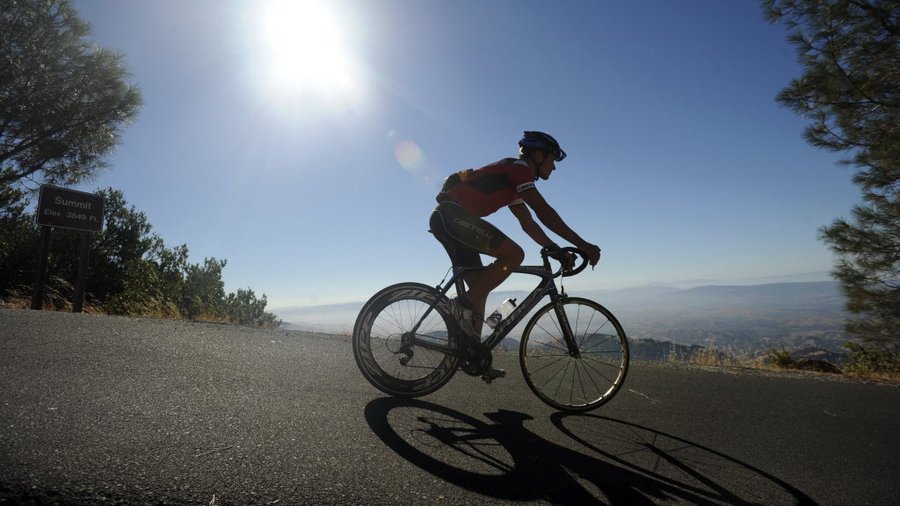A whirring, clicking swarm is headed to Central Florida, and business owners and developers would do well to prepare for it. Excited bicyclists are getting ready to take advantage of Florida’s newly constructed pedestrian and bicycle trails, which will bring the Orlando area new business opportunities.
On June 23, 2015, Gov. Rick Scott signed Senate Bill 2514-A, creating the Florida Shared-Use Non-motorized Trail Network (SUN Trail). The legislation appropriated $25 million annually from the State Transportation Trust Fund to develop a system of paved trails physically separated from automobile traffic. The trails will connect bicycling tourists to beaches and state parks, and provide an alternative option for residents to travel to work, school and local shops. The Coast-to-Coast Connector Trail will stretch 275 miles from Clearwater through the Orlando area to the Canaveral National Seashore.
A new style of development, known as “trail-oriented development,” takes advantage of new pedestrian and bicycle infrastructure to cater to those interested in incorporating a more active lifestyle into their everyday routines. That population is large and growing. According to the U.S. Census, bicycling is now the country’s fastest-growing method of commuting.
The Urban Land Institute’s America in 2015 study found that more than 50 percent of U.S. residents and 63 percent of millennials prefer to live in places that do not require frequent use of cars. Trail-oriented developments accommodate cyclists by providing amenities such as dedicated bicycle storage, shower or locker room facilities, and investments in on-site bike-sharing programs, as well as proximity to so-called “active infrastructure,” such as bicycle trails.
Statistics support these development decisions. More Americans bicycle than golf, ski and play tennis combined. According to a study by the League of American Bicyclists, bicycling supports more than 1.1 million jobs and generates $46.9 billion in bicycling trip-related expenditures.
Central Florida already has benefited from investments in bicycle infrastructure. A 2010 survey found that use of the West Orange Trail generated $5 million in economic impact to downtown Winter Garden. Downtown Dunedin has gone from a 30 percent occupancy rate in the 1980s, before the Pinellas Trail was built, to a 95 percent rate as of 2013.
Long-distance regional trails such as the Coast-to-Coast Connector, which will link the Pinellas and the West Orange trails, provide even greater economic benefits because of their ability to support bicycle vacations. A quick Google search of “bike trips” is demonstrative. Tour operators offer week-long sojourns punctuated by nightly visits to high-end restaurants and stays in luxury hotels.
Considering the SUN Trail program’s ultimate goal of creating a network of regional super trails crisscrossing Florida, developers and business owners can get a head start on the competition by planning now for the bicycle enthusiasts flocking to Florida’s newest amenity.
Benjamin E. Stearns is an associate in the government law and consulting practice group of Carlton Fields. He can be reached at bstearns@carltonfields.com.
